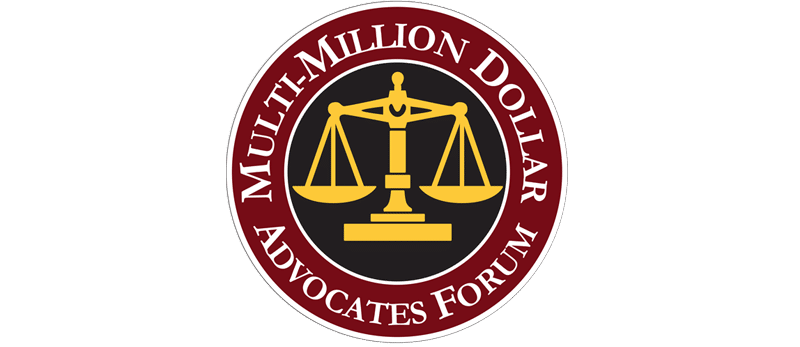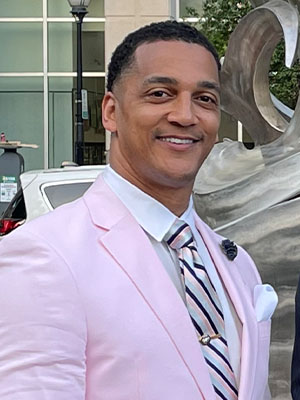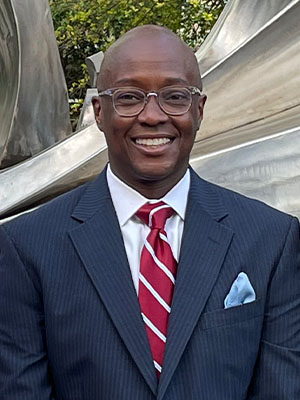Motorcycle accidents can be life-changing, causing serious injuries and impacting families. In North Carolina, the highways and roads are filled with motorcycles, often sharing space with larger vehicles. But when a motorcycle accident occurs, the aftermath can be complex. Many factors play into how and why an accident happens. This is where motorcycle accident reconstruction comes in. Through careful analysis, reconstruction helps uncover the causes behind motorcycle crashes. By understanding how and why the crash happened, we can better see who was responsible and how future accidents might be prevented.




Accident reconstruction is a process that takes a scientific approach to understand the events leading up to, during, and after an accident. In motorcycle cases, reconstruction often involves studying the scene of the crash, the motorcycles involved, and even reviewing physical evidence like tire marks, road conditions, and damage to both vehicles. This process can be challenging, but it is essential in finding the truth in motorcycle accident cases in North Carolina. At, Phillips & McCrea, PLLC, we are here to guide you through the legal process and help you navigate the complexities of your case.
Understanding Motorcycle Accident Reconstruction
Motorcycle accident reconstruction is a method used to find out the details of an accident by examining different types of evidence. This evidence includes the skid marks on the road, the location of debris, the speed and direction of the motorcycle and other vehicles, and even witness statements. By piecing together this evidence, investigators can recreate what happened. The goal of reconstruction is to provide a clear picture of how the accident happened and to determine who may be at fault.
In North Carolina, motorcycle accident reconstruction is especially important because motorcycles are smaller and more vulnerable on the road than cars. When accidents occur, motorcyclists are often severely injured, making it crucial to understand what led to the crash. The evidence collected during reconstruction can help in legal cases, allowing those involved to make a case for fair compensation. Motorcycle accident reconstruction takes into account many factors, such as weather, road conditions, and visibility, which all affect the outcome of the case.
Collecting Physical Evidence at the Scene
One of the first steps in motorcycle accident reconstruction is collecting physical evidence from the accident scene. Physical evidence includes tire marks, scratches on the road, broken glass, or pieces of the motorcycle. These pieces of evidence can tell a lot about the speed, angle, and force of impact during the accident. Investigators gather this evidence right after the accident if possible, as this is when the scene is still fresh.
In North Carolina, evidence at the scene can reveal if either driver made a sudden move, such as braking or swerving, which might indicate an attempt to avoid the collision. This evidence helps investigators understand if the motorcyclist or the other driver tried to prevent the accident and who was responsible. The placement and type of marks on the road can show the direction each vehicle was moving, as well as their speeds at the time of the crash. Such evidence can be crucial in a legal case, as it can support claims of negligence or unsafe driving.
Analyzing Speed and Distance
Speed is a major factor in many motorcycle accidents. When investigating an accident, reconstruction specialists look at factors that indicate the speed of the vehicles involved. This can include the length of tire skid marks and the distance the motorcycle or other vehicles traveled after the impact. By understanding the speeds of the vehicles, investigators can often tell if a driver was going too fast for the conditions of the road or if they were driving responsibly.
In North Carolina, speeding is a common cause of motorcycle accidents, as it reduces the reaction time for both motorcyclists and other drivers. Investigators use the data collected from the accident scene to calculate the speed of each vehicle involved. They also consider the weight of each vehicle, as a heavier vehicle may take longer to stop. By analyzing speed and distance, accident reconstruction helps show if speeding contributed to the accident and which driver may be at fault.
The Role of Road Conditions and Weather
Road conditions and weather play a big role in motorcycle accidents in North Carolina. Wet or icy roads, poor visibility, and obstacles like potholes can make riding more dangerous. During reconstruction, investigators check the road conditions at the time of the accident. If the road was wet, for instance, stopping might have been more difficult for the motorcyclist. If there was fog or heavy rain, visibility could have been limited.
Motorcycle accident reconstruction looks at these factors to see how they may have contributed to the accident. Investigators may also look at whether road signs were clear, if there were any obstacles on the road, or if there were sharp turns that could have surprised the motorcyclist. The weather and road conditions at the time of the crash can explain why the accident occurred and show if the driver of another vehicle should have been more careful.
Evaluating the Vehicles Involved
In motorcycle accidents, it is essential to examine both the motorcycle and the other vehicles involved. Motorcycles are much smaller than cars and do not have the same protective features, so motorcyclists are more vulnerable to serious injury. Reconstruction specialists will look at the damage to each vehicle to understand the force of the impact and where each vehicle was hit.
The damage to the motorcycle can tell a lot about how the accident unfolded. For example, a motorcycle that has heavy damage to one side might show that it was hit from a specific angle. Meanwhile, examining the damage to the car or truck involved can reveal how the two vehicles collided. In North Carolina, understanding the vehicle damage can be crucial to determine who was at fault and if there was any way the accident could have been avoided.
Choosing a Personal Injury Attorney Personal Injury Case Case TimelineRelated Videos
Using Technology in Accident Reconstruction
Technology plays a big role in accident reconstruction today. Tools like 3D modeling, crash simulation software, and even drones can provide more detailed information about a motorcycle accident. In North Carolina, these technological tools are used to help recreate the accident in a virtual environment, allowing investigators to analyze the accident from different angles and speeds.
3D modeling can create a digital scene of the accident, helping both investigators and those involved in the legal case understand the accident better. Crash simulation software can show what might have happened at different speeds, while drones can capture aerial views of the accident scene. These technological advancements make it possible to see things that may have been missed during the initial investigation, providing a clearer picture of what happened and helping to unveil the truth in a North Carolina motorcycle accident.
The Impact of Motorcycle Accident Reconstruction on Legal Cases
Motorcycle accident reconstruction plays an important role in legal cases. The information gathered during reconstruction can support the claims of an injured motorcyclist or help defend a driver accused of causing the accident. In North Carolina, reconstruction findings can provide strong evidence in court, helping judges and juries understand what led to the accident and why it happened.
By analyzing speed, road conditions, vehicle damage, and other factors, accident reconstruction can show whether a driver was acting responsibly or if they were negligent. This evidence can make a significant difference in the outcome of a case. For instance, if reconstruction shows that a driver was speeding, it may support the motorcyclist’s claim for compensation. Likewise, if reconstruction reveals that road conditions were poor, it might shift some responsibility to the state or city responsible for maintaining the road. In this way, motorcycle accident reconstruction helps ensure that justice is served and that the truth is revealed in North Carolina accident cases.
How Motorcycle Accident Reconstruction Can Help Prevent Future Accidents
In addition to helping with legal cases, motorcycle accident reconstruction can help prevent future accidents. By understanding the common causes of motorcycle accidents, North Carolina can improve road safety for motorcyclists and other drivers. Reconstruction findings can point to factors that make accidents more likely, such as specific dangerous intersections, frequent speeding in certain areas, or common issues with road maintenance.
When accident patterns are identified, local authorities can take action to improve road conditions, install better signage, or implement other safety measures. These steps can reduce the risk of future motorcycle accidents and protect riders across North Carolina. Motorcycle accident reconstruction not only unveils the truth about past accidents but also provides valuable information that can help create safer roads for everyone.
If you or a loved one has been involved in a motorcycle accident in North Carolina, understanding what caused the accident can make a big difference in your case. Motorcycle accident reconstruction can be a powerful tool in revealing the truth and helping to secure fair compensation for those who have been injured. At Phillips & McCrea, PLLC, we are dedicated to helping our clients navigate the complexities of accident cases and ensuring that justice is served. Our experienced team can work with accident reconstruction specialists to build a strong case on your behalf. Reach out to Phillips & McCrea, PLLC today to discuss your case and learn how we can help you move forward.




